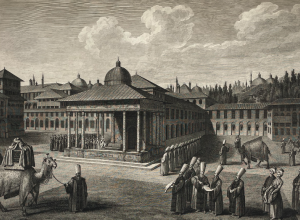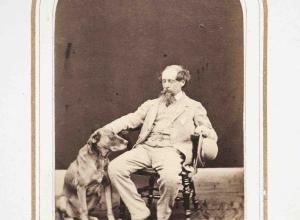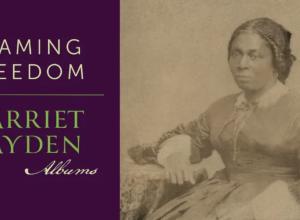The Mysterious Miss Austen
Guest post by Catherine Batac Walder
 The Mysterious Miss Austen exhibition at the Discovery Centre in Winchester, Hampshire, ran from May 13-July 24 and brought together visitors from all over who loved Jane Austen's prose but have always been curious about her physical appearance. As the curators of the exhibit said, this is the first time that five known (if still debated) portraits of Jane Austen were ever in one place, and it's probably the only time that this will ever happen as they have been loaned from private collections here and abroad. I joined the others who, after seeing the portraits, felt that the mystery only deepened. Who is Jane Austen? Why do we like her so much? Would we like her less had we read the bulk of her letters that were destroyed by her sister Cassandra and contained her sometimes forthright comments on neighbors or family members?
The Mysterious Miss Austen exhibition at the Discovery Centre in Winchester, Hampshire, ran from May 13-July 24 and brought together visitors from all over who loved Jane Austen's prose but have always been curious about her physical appearance. As the curators of the exhibit said, this is the first time that five known (if still debated) portraits of Jane Austen were ever in one place, and it's probably the only time that this will ever happen as they have been loaned from private collections here and abroad. I joined the others who, after seeing the portraits, felt that the mystery only deepened. Who is Jane Austen? Why do we like her so much? Would we like her less had we read the bulk of her letters that were destroyed by her sister Cassandra and contained her sometimes forthright comments on neighbors or family members?
Two portraits were loaned from the National Portrait Gallery in London: the hollow cut silhouette by an unknown artist (ca. 1810-15) and the pencil and watercolor sketch of Jane by Cassandra (ca. 1810). The latter is what we believe Jane would have looked like, but it never always seemed to be enough, as though we would like for this single woman whose intellect and wit we greatly admire to look different, perhaps to be more glamorous and more worldly.
But there was a glamorous Jane, depicted in one of the lesser known portraits of her, a watercolor painting by James Stanier Clarke (pictured above), one of her admirers and librarian to the Prince Regent. The picture was a totally different representation of Jane compared to her sister's sketch. But Clarke's painting was of Jane's visit to Carlton House, the London home of the Prince Regent, therefore Jane would have worn her best clothes. There was some convincing scientific evidence that Clarke's painting is indeed of Jane Austen, based on examination of the portrait that the face showed pigmentation related to her fatal illness, Addison's disease. She was probably ill around the time of that visit, yet we also saw a fashionable Jane; from the few facts known about her, it does seem that she was a woman who treated herself to nice things once in a while. Take that silk pelisse coat, one of a handful of items that survived and could be traced directly back to her. The pelisse also gives us an approximation of how tall she might have been (5'6" to 5'8") and what her shoe size was (UK 4 to 6). Around 80 items were included in the exhibit, including the manuscript of an alternative ending to her final novel, Persuasion, in her own hand, and a volume of teenage writings that she herself entitled "Volume the Second." The Mysterious Miss Austen ran alongside another exhibit on the ground floor of the Discovery Centre called Jane's Winchester: Malady and Medicine, which explored her arrival in Winchester in 1817 to receive treatment for her illness and painted a vivid picture of the city in that fateful year. Jane died in Winchester 200 years ago, and she was buried in Winchester Cathedral.
The Mysterious Miss Austen ran alongside another exhibit on the ground floor of the Discovery Centre called Jane's Winchester: Malady and Medicine, which explored her arrival in Winchester in 1817 to receive treatment for her illness and painted a vivid picture of the city in that fateful year. Jane died in Winchester 200 years ago, and she was buried in Winchester Cathedral.
--Catherine Batac Walder is a writer who lives in the UK. She has contributed several posts from abroad over the years, most recently "Sitting with Jane: Celebrating Jane Austen's Life in Hampshire." Find her at: http://gaslighthouse.blogspot.com.
Images: (Above) Watercolor by James Stanier Clarke, thought to be of Jane Austen, c. 1816, via JASNA; (Below) The house where Jane Austen died in Winchester, credit: Catherine Batac Walder.
















